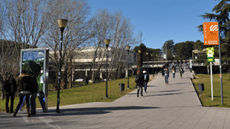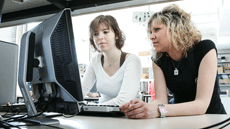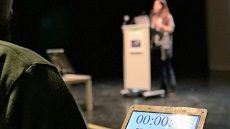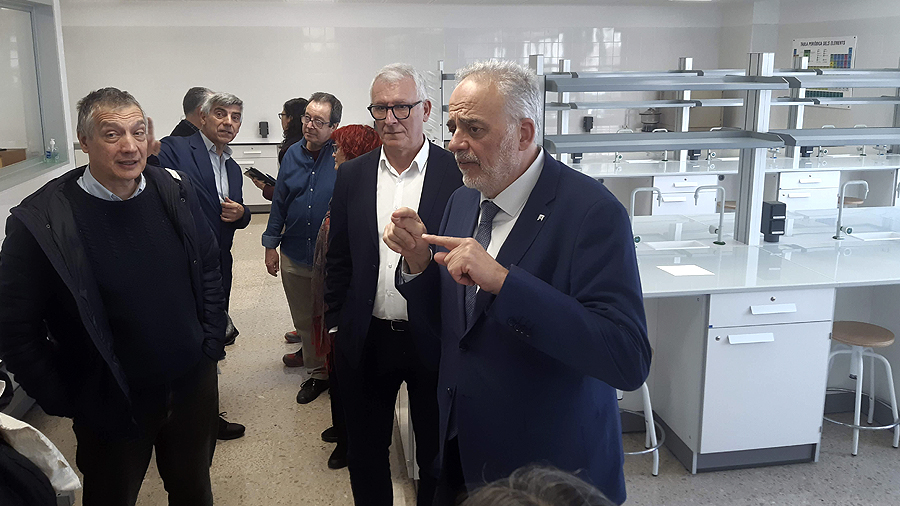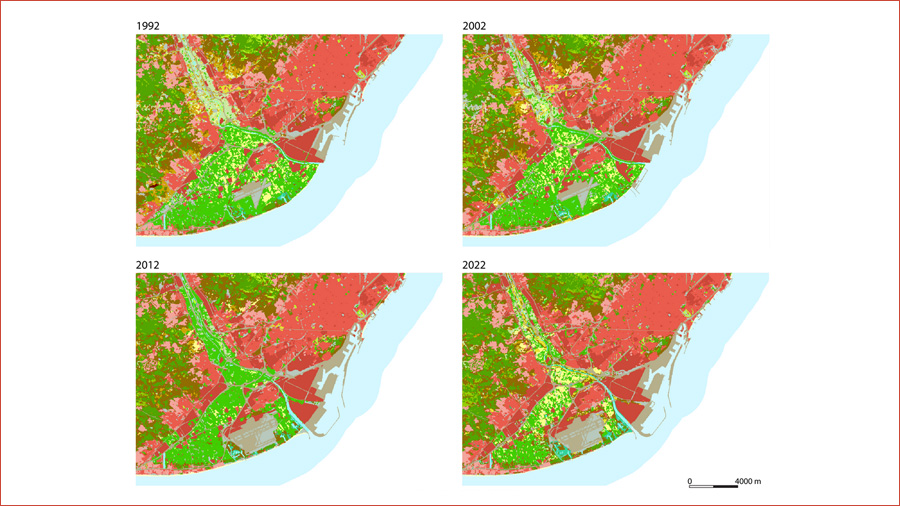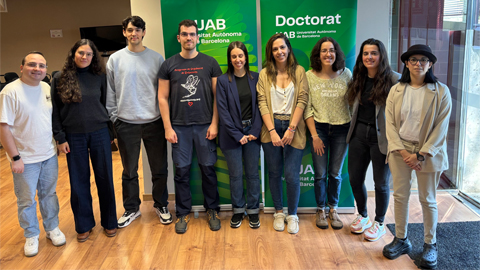
Finalists of the 8th edition of "Thesis in 4 Minutes" to present their theses on 8 May
The finals of the "Thesis in 4 Minutes" competition, in which PhD students present their thesis during a maximum of four minutes, will take place on 8 May at 12 noon at the Doctoral School. The event will be streamed live on the UAB's YouTube channel.

